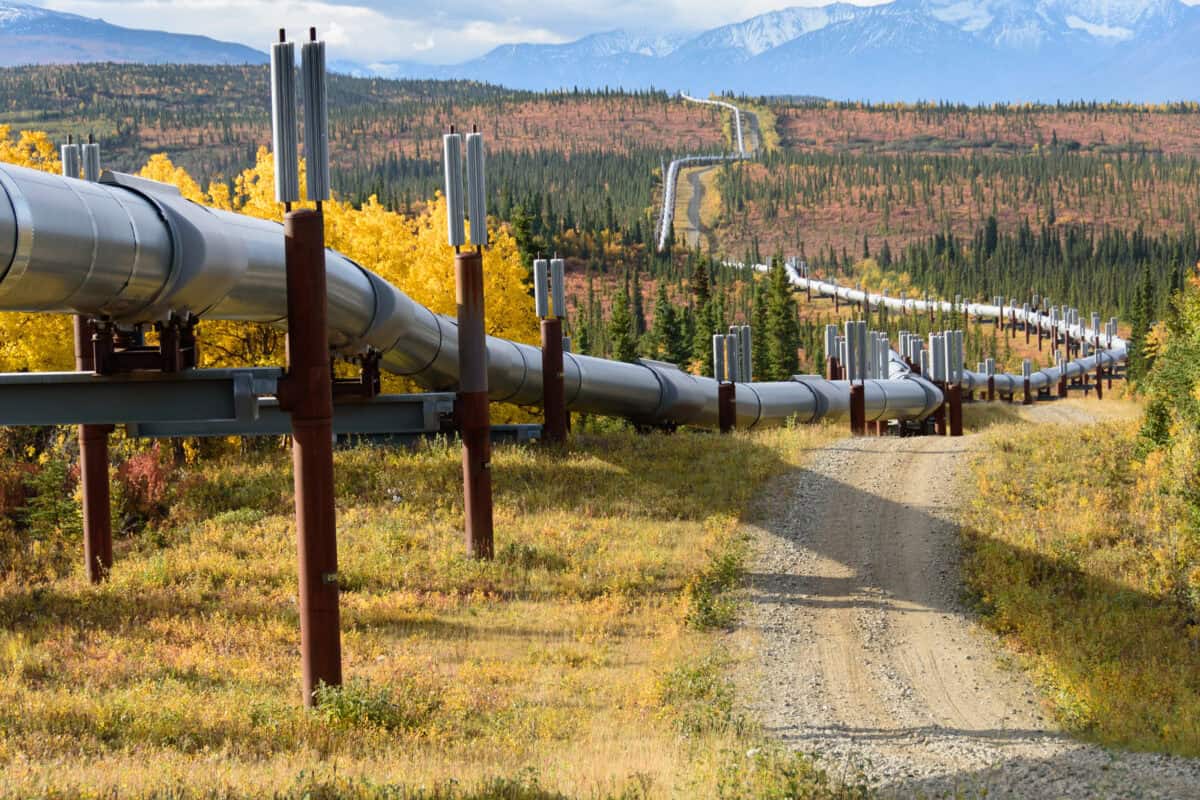With its stock up 25% in 2024, it has been a strong year for Pembina Pipeline (TSX:PPL). Interest rates have declined, and that has increased demand for quality dividend stocks like Pembina.
You can’t collect a great yield from Guaranteed Investment Certificates (GICs) and money market funds, so dividend stocks with stable businesses and attractive dividends have taken off.
What does Pembina Pipeline do?
With a market cap of $33 billion, Pembina is the third largest energy infrastructure provider in Canada. It has a diversified portfolio of midstream and energy transportation assets across Western Canada.
These assets are crucial to Pembina’s customers. In many instances, it is the only transportation option an energy producer has to get its product to market. Around 70% of Pembina’s assets are locked-in on take-or-pay contracts, and 80%-90% (depending on its business mix) of its income is fee-based.
Fee-based income abundantly covers its dividend
This provides a stable, predictable stream of base income that amply supports Pembina’s dividend. Pembina’s dividend-payout ratio is 55%. Its payout from fee-based income is 73%. This means that it can pay its attractive 4.84% dividend yield and still generate substantial free cash flow from its contracted income sources.
This is why Pembina effectively upheld its dividend, even when energy prices were temporarily negative in 2020. Since then, the company has only gotten better as it shed non-core assets and paid down debt.
A strong balance sheet supports its dividend and growth prospects
Today, Pembina has a sector-leading balance sheet. It trades with a net debt-to-EBITDA (earnings before interest, tax, depreciation, and amortization) ratio of 3.3 times. For context, its peers (Enbridge and TC Energy) have net debt-to-EBITDA ratios over six times.
This is a healthy sign because the company has over $5 billion of capital projects (including its hallmark Cedar LNG project) in the works today. The projects will largely be funded by modest debt raises and internally generated free cash flows.
That means the chances of equity dilution are slim. Management expects these investments could support 4-6% annual growth in fee-based adjusted EBITDA over the next few years.
If it maintains its dividend payout at current levels, it is very likely Pembina’s annual dividend will increase by a similar rate. While Pembina is yielding 4.8% right now, your yield on cost will steadily increase with its growth rate.
The takeaway on Pembina Pipeline today
Right now, Pembina trades for 17 times earnings. It has an enterprise value-to-EBITDA ratio of 15 and a free cash flow yield of 7%. It used to trade at a discount to its major pipeline peers. However, it has largely bridged that gap after strong stock performance in the past 52 weeks.
Right now, I would call the stock fairly valued. With the prospects of low to mid-single-digit growth, it is not an overly exciting buy right here. However, if you are looking for a safe and stable dividend that could grow in the years ahead, it’s a decent long-term bet.









